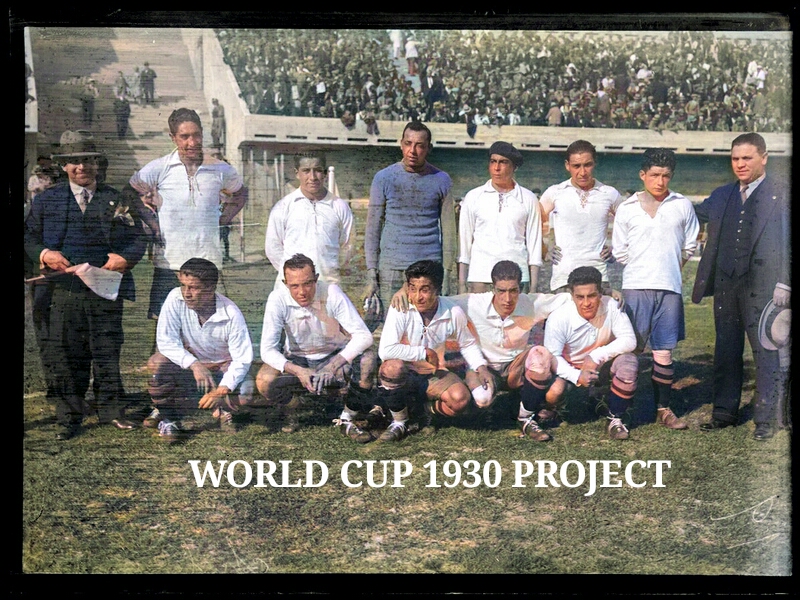1. Liverpool-born George Moorhouse, US left-back, attempted to sign England & Everton star forward Dixie Dean for his club the New York Giants while on a trip back home in 1928.
2. Bolivian player Lieutenant Luis Reyes Penaranda was denied entry to Uruguay at the port of Buenos Aires on July 10th, due to issues regarding his visa. His four days travel by train from Bolivia had all been in vain. Denied playing for his country he brought honour to his homeland by fighting bravely during the Chaco War with Paraguay.
3. Several members of the Paraguayan squad arrived in Uruguay on the 13th July, the opening day of the World Cup. They had been on tour in Peru and Chile with their club Olimpia. Paraguay would play their first game on 17 July, a 3-0 loss to the USA.
4. Brazil arrived in Uruguay with a team almost entirely made of Rio based players. This was due to a dispute with the Sao Paulo Federation who refused to send their players. After Brazil lost to Yugoslavia, it was reported in a Rio newspaper that the citizens of Sao Paulo rejoiced in their nation's defeat. This had been witnessed by the coach of Argentine team Huracan which was touring the city.
5. During the semi-final Uruguay were awarded a controversial goal against Yugoslavia. The Brazilian referee Rego had failed to see that a Police officer had kicked the ball back in to play from which the host proceeded to score. Yugoslav player Milorad Arsenijević assailed the gendarme and shook him by the throat. Later he was surrounded by police who tried to obtain his arrest.
